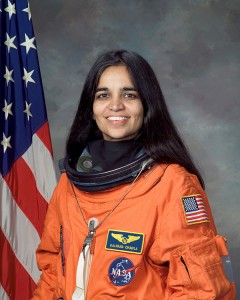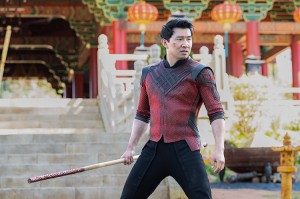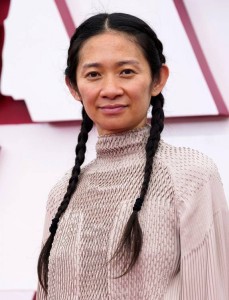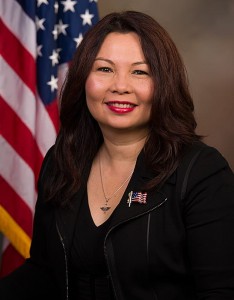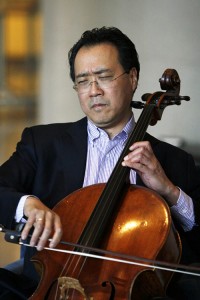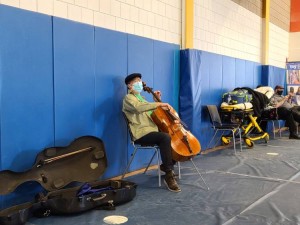Asian and Pacific Heritage Month: Actress Michelle Yeoh
Tuesday, May 30th, 2023
Malaysian actress Michelle Yeoh attending a conference in Hollywood on Oct. 17, 2022.
Credit: © DFree/Shutterstock
May is Asian American and Pacific Islander (AAPI) Heritage Month. All month long, Behind the Headlines will feature AAPI pioneers in a variety of areas.
She is everything and everywhere! The Everything Everywhere All at Once star Michelle Yeoh is having a year. Yeoh is a Malaysian actress. Yeoh, trained as a dancer, is known for doing her own stunts in action and martial arts movies. In 2023, Yeoh won the Academy Award for best actress for her role in the science fiction comedy Everything Everywhere All at Once (2022).
Yeoh Choo Kheng was born in Ipoh, Malaysia, on Aug. 6, 1962. She began ballet training as a young child. When Yeoh was 15, she moved to Chester, England, to train at the Hammond School of performing arts. Yeoh later attended the Royal Academy of Dance in London. She primarily studied ballet. After an injury, she retired from dance and began participating in beauty pageants. In 1983, Yeoh won the Miss Malaysia pageant and represented the country at the Miss World pageant.
Yeoh began acting in the 1980′s. She starred in Hong Kong martial arts movies produced by D&B Films, performing her own stunts. Her name was listed as Michelle Khan in the credits to appeal to Western audiences. Yeoh married Dickson Poon, head of the D&B studio, in 1988 and retired from acting.
After Yeoh and Poon divorced in the early 1990’s, Yeoh starred in the action movies Police Story 3: Super Cop (1992), The Heroic Trio (1993), Tai Chi Master (1993), and Wing Chun (1994). While filming The Stuntwoman (1996), Yeoh injured her back during a stunt. However, she continued acting and performing serious stunts.
In the late 1990’s, Yeoh retired the pseudonym (false name) Khan, performing as Michelle Yeoh thereafter. In 1997, Yeoh played the spy Wai Lin in the James Bond movie Tomorrow Never Dies. That same year, she starred in the historical drama The Soong Sisters. In 2000, Yeoh appeared in the martial arts epic Crouching Tiger, Hidden Dragon. Yeoh began making more English-language films, including Memoirs of a Geisha (2005), Sunshine (2007), and The Mummy: Tomb of the Dragon Emperor (2008). In 2011, Yeoh starred in The Lady, a biographical film about the Nobel prize-winning Burmese activist Aung San Suu Kyi. Yeoh was deported from Myanmar because of her role in the film.
Yeoh began working in television in 2015. Her first major role was in the series “Star Trek: Discovery,” playing Starfleet Captain Philippa Georgiou from 2017 to 2020. Yeoh’s later films include Crazy Rich Asians (2018), Last Christmas (2019), Marvel Studio’s Shang-Chi and the Legend of the Ten Rings (2021), and Everything Everywhere All at Once.

